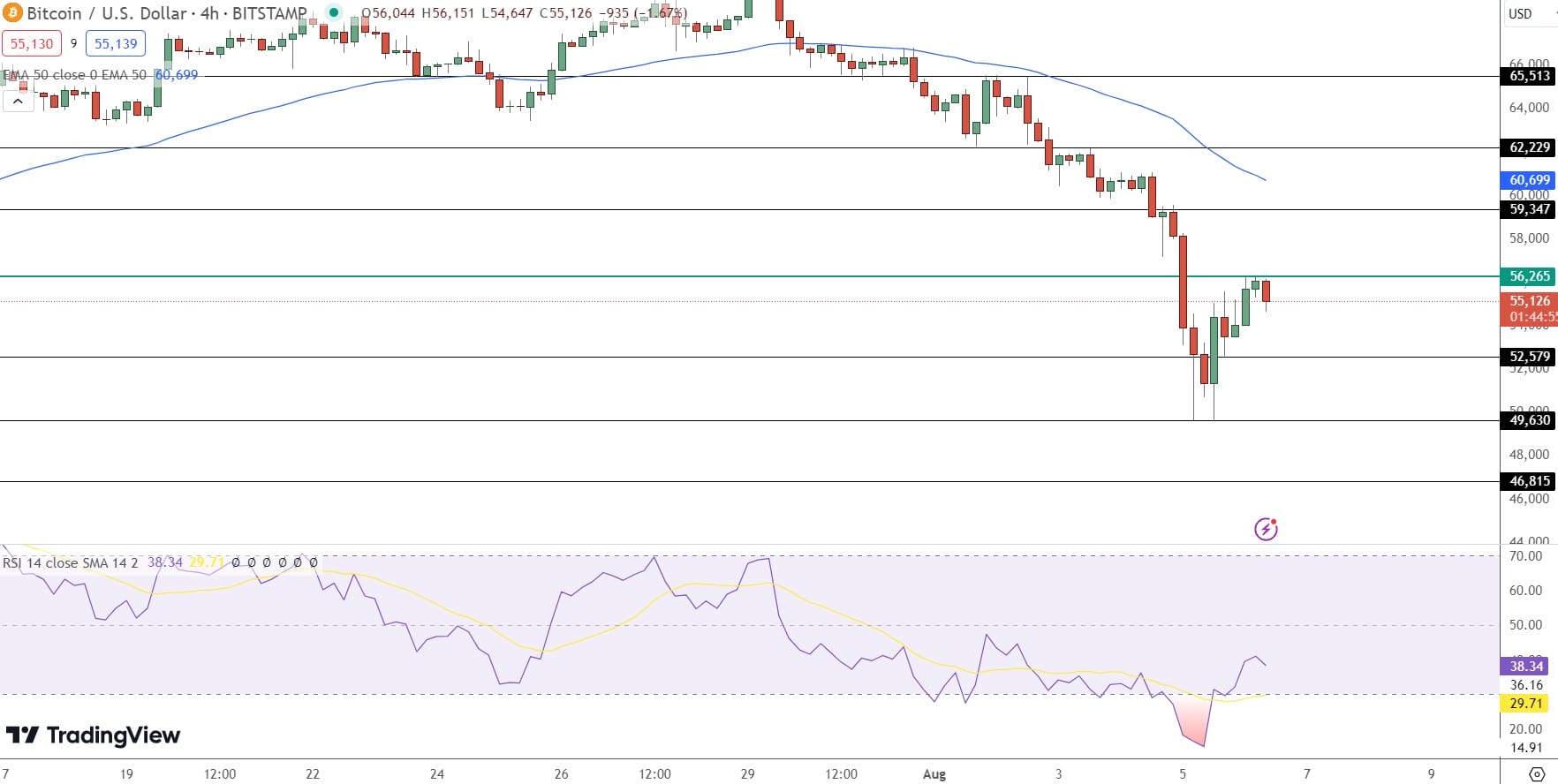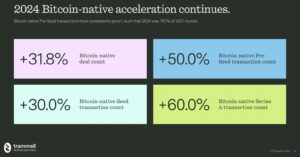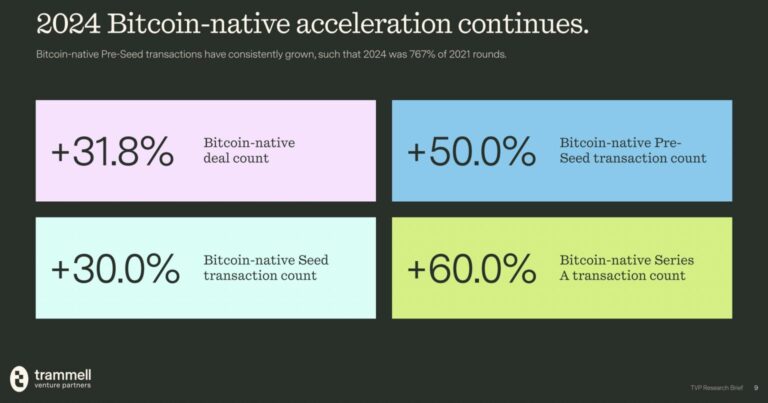
Bitcoin’s price recently rebounded to around $55,126 after dipping below $50,000, reaching an intraday high of $56,245. This recovery comes amid a series of economic pressures, including the U.S. Federal Reserve’s decision to maintain high interest rates, which has heightened recession fears.
The Bank of Japan’s rate hike has further tightened global liquidity, and geopolitical tensions between Iran and Israel continue to undermine market confidence.
These factors, alongside crypto futures liquidations and ongoing Mt. Gox distributions, have intensified market volatility, yet Bitcoin’s price resilience suggests investor confidence in its long-term potential.
Bitcoin ETF Trading Surges Amid Market Volatility
Bitcoin (BTC) exchange-traded funds (ETFs) experienced a significant surge in trading volumes, surpassing $1 billion on August 5, following a major market downturn. According to Alex Thorn of Galaxy Digital, Bitcoin ETFs saw over $1.3 billion in trading volume within just 20 minutes, with the iShares Bitcoin Trust leading at $875 million.
⭐️Bitcoin ETF trading volume tops $1B amid crypto crash — Galaxy
🕯Trading volumes for Bitcoin exchange-traded funds (ETFs) surged past $1 billion at the start of trading on Aug. 5, as crashing markets triggered “extremely elevated” trading activity across crypto, Alex Thorn,… pic.twitter.com/VhVQRUSEY0
— ChainMentor – AI Web3 Learning (@ChainMentorApp) August 5, 2024
This surge was driven by investors seeking opportunities after BTC prices dropped approximately 8% since August 4, amid a broader crypto market crash. Ether (ETH) also fell over 21%, largely due to substantial sell-offs by funds like Jump Trading and Paradigm VC.
The downturn has been exacerbated by worsening macroeconomic conditions, including:
- A 5% drop in the S&P 500 since August 1
- Japan’s interest rate hike
Analysts anticipate a slowdown in new crypto investments until the market stabilizes, as high volatility continues to deter major players.
Record Bitcoin Mining Difficulty and Halving Influence on Price
Bitcoin mining difficulty has reached a record high of 90.67 trillion hashes, indicating that despite recent price drops, it now requires significantly more computing power to mine Bitcoin. This increased difficulty makes mining more challenging and expensive, pushing miners to use advanced, energy-intensive equipment.
To cut costs, some miners are repurposing older equipment for other tasks, such as processing artificial intelligence data, and are holding onto their Bitcoin, anticipating a future price increase.
🚨LATEST: Bitcoin’s Mining Difficulty Reaches Record 90.67 Trillion Hashes pic.twitter.com/JrKZAdxoui
— CryptoCrunchApp (@CryptoCrunchApp) August 4, 2024
Additionally, the recent halving event reduced the reward for mining a Bitcoin block from 6.25 BTC to 3.125 BTC. This halving decreases the rate of new Bitcoin creation, which could potentially increase its value over time.
However, it also intensifies pressure on miners and may lead to fewer but larger mining operations, increasing industry centralization.
The much-anticipated #Bitcoin Halving is here!
The reward for mining $BTC has been halved, going from 6.25 BTC to 3.125. pic.twitter.com/ueVDGRlMxg
— Ledger (@Ledger) April 20, 2024
The combination of record-high mining difficulty and reduced block rewards from the halving could exert short-term pressure on Bitcoin’s price but might boost its value over time by decreasing the supply of new coins.
Bitcoin Price Faces Strong Resistance Near $56,000
Disclaimer: Crypto is a high-risk asset class. This article is provided for informational purposes and does not constitute investment advice. You could lose all of your capital.

















